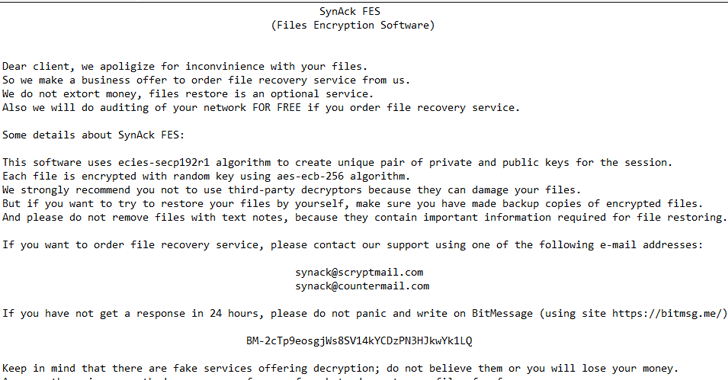Nigerian citizen to stand trial in Memphis for cyber crimes
A Nigerian citizen living in Accra, Ghana, has been extradited to Memphis to stand trial for an indictment charging him with cyber crimes and identity theft.
According to the U.S. Department of Justice, a federal grand jury in the U.S. District Court for the Western District of Tennessee indicted 64-year-old Babatunde Martins with wire fraud, aggravated identity theft, and conspiracy to commit money laundering.
Martins was also charged with conspiracy to commit wire fraud and conspiracy to commit computer fraud.
The indictment alleges that Martins, along with other Africa-based co-conspirators, hacked into the servers and email systems of a Memphis-based real estate company in June and July of 2016. Martins and his co-conspirators allegedly sent fake emails to “relevant business parties,” and redirected money to final destinations in Africa.
The indictment was handed down on August 23, 2017, but Martins did not make his initial appearance in a West Tennessee court until Monday, December 9, 2019.
The Department of Justice says that Martins is also charged with perpetrating romance scams, fake check scams, gold-buying scams, advance-fee scams, and credit card scams. The indictment alleges that proceeds from these scams were transferred from the U.S. to locations in Africa.
Five other people have pleaded guilty to being involved in the scheme. Olufalojimi Abegunde, 33, and Javier Luis Ramos-Alonso, 30, were convicted in March after a week-long trial in the U.S. District Court for the Western District of Tennessee. Abegunde received a 78-month sentence, and Ramos-Alonso received a 31-month sentence for their roles in the scheme.
The Department of Justice says that several others are still at large.
wreg.com


